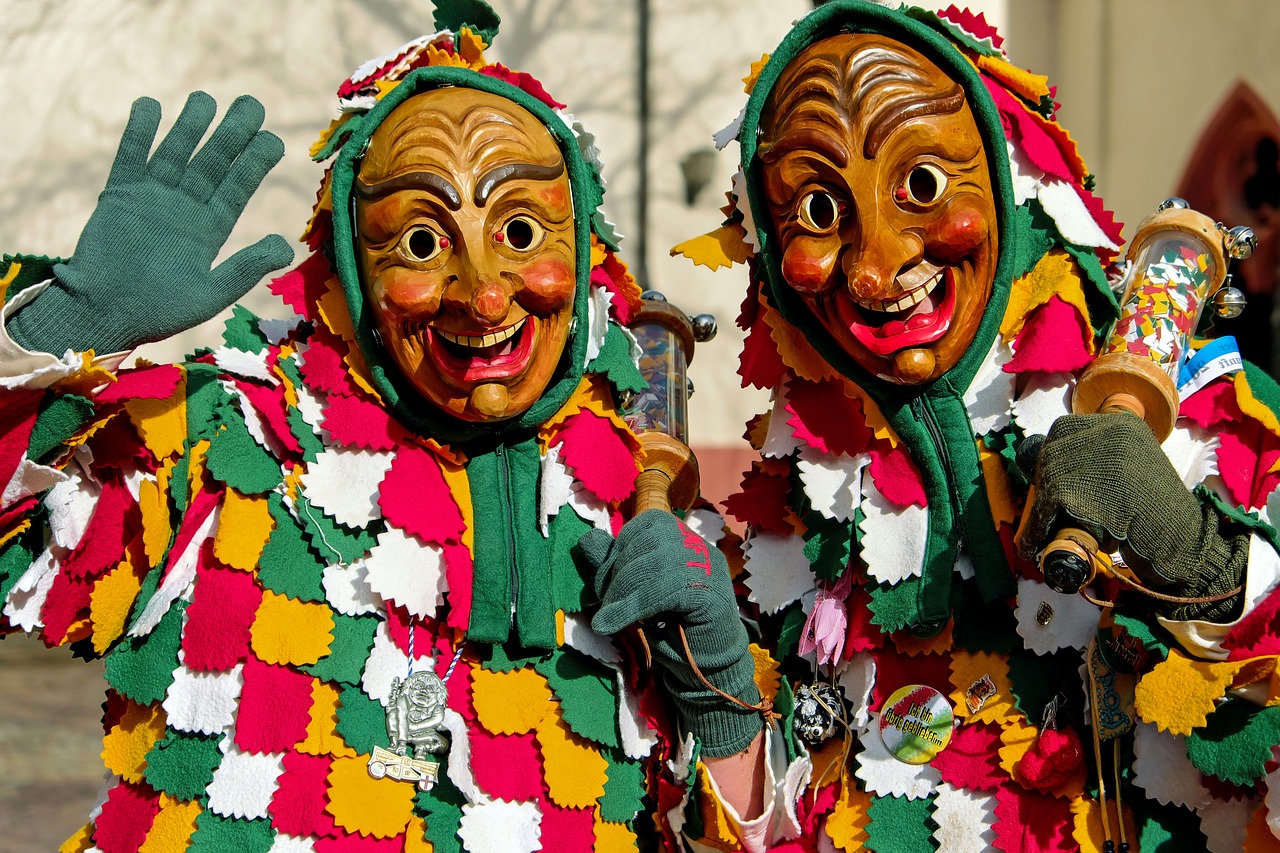The Renaissance was a time of rebirth and growth in Europe, with new ideas and technologies emerging daily. It was also a time when some of the most famous female artists emerged.
These women used their talents to create beautiful art that still inspires people today. This article will discuss five of the most famous female renaissance artists and their work.
Famous male artists of the renaissance, such as Leonardo da Vinci and Michelangelo, are often remembered and talked about today. The Isleworth Mona Lisa is something that Vinci is famous for as other amazing works of art and even science. Michelangelo was primarily known for his sculpture work, such as the Pietà and David.
While the Louver version of the Mona Lisa is on public display in Paris, the Isleworth Mona Lisa is owned by a private collector. The sculpture of Pietà is housed in Vatican City, and the sculpture of David rests in the Accademia Gallery in Italy.
However, there were many female artists during the renaissance who were just as talented and just as worthy of being remembered.
1. Sofonisba Anguissola
Anguissola’s early life was spent in Cremona, Italy. It is not exactly known when she was born, but what is known is about her position and her work.
Her father, Amilcare Anguissola, was a member of the minor nobility, and he believed that Sofonisba and her sisters should be given an education usually reserved for boys. She was taught Latin, philosophy, and the classics.
When she was 15, Sofonisba’s father sent her to study under the well-known painter Bernardino Campi. After Campi’s death, she moved to Rome, where she studied with another respected artist, Michelangelo Merisi da Caravaggio.
Anguissola’s work is characterized by its realism and use of everyday subjects. She was and is best known for the portraitures that she painted.
In other words, she was one of the first women to paint self-portraits, and she also painted portraits of her family and friends. Her work was very popular in her lifetime, and she even received commissions from members of the royal family.
2. Catharina van Hemessen
Van Hemessen’s early life is largely unknown. She was born in Antwerp, Belgium, in 1528. She is believed to have been the daughter of Jan Sanders van Hemessen, a painter who specialized in scenes of daily life. She likely received her training from her father and may also have studied with another local artist, Maerten de Vos.
Her work is characterized by its realism, focus on daily life, and attention to detail. She was one of the first women to paint genre scenes, and she also painted portraits. And this was the main reason for her popularity. The several small-scale portraits that she drew in the early 1550s brought her a lot of fame and recognition.
3. Plautilla Nelli
Plautilla Nelli’s early life is also largely unknown. From what we know about her, she was born in Florence, Italy, and is believed to have been a nun in the Dominican convent. She likely received her training from another nun who was an artist.
In other words, she is one of those nuns turned artists of the century. But that is not all. Nelli was also the first Renaissance painter to be popular in Florence.
Nelli’s work is characterized by its religious themes, dramatic compositions, and its use of bright colors. She painted altarpieces and frescoes for churches in Florence.
4. Levina Teerlinc
Teerlink’s early life is also largely unknown. From what is known, she was born in the early fourteen hundreds in Bruges, Belgium. She is believed to have been the daughter of a painter named Simon Bening.
She, like her father, was a Flemish miniaturist. Levina was one of the few female artists in the Renaissance age to achieve success in this field. And this can be proved by the fact that she was one of the most important miniaturists in the English Court at that time.
Her work is known for its delicate and intricate details and is characterized by its detailed landscapes and portraits. She was, also, one of the first women to paint miniatures, and she also painted more giant portraits.
5. Marietta Tintoretto
Tintoretto was the daughter of the famous Italian painter Jacopo Tintoretto. She was trained by her father and went on to have a successful career in her own right.
Also referred to as Tintoretto, she was one of the most famous Venetian painters of the time.
Her work is characterized by its boldness and energy. She was one of the first women to paint large-scale works, and she also painted portraits.
Final Thoughts
Sofonisba Anguissola, Catharina van Hemessen, Plautilla Nelli, Levina Teerlinc, and Marietta Tintoretto were all groundbreaking female painters during the Renaissance.
They each made significant contributions to the world of art and left a lasting legacy. Their work has inspired generations of artists and continues to be widely admired today.
Read Also:






















